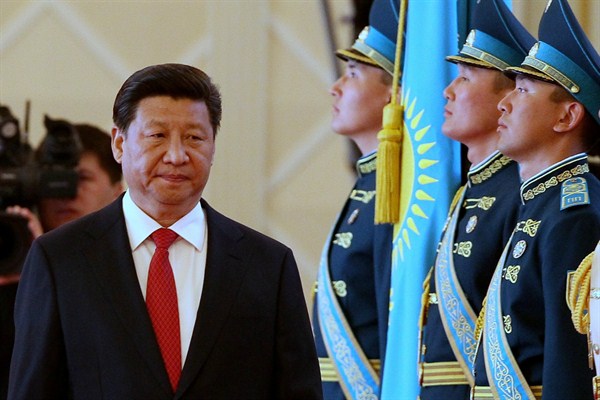Editor’s note: This article is part of an ongoing WPR series about China’s One Belt, One Road infrastructure initiative, also known as the Silk Road Economic Belt and the 21st Century Maritime Silk Road.
Traditionally, China has preferred to pursue bilateral deals when investing in Central Asia, but its ambitious plans for the One Belt, One Road initiative will require a more integrated approach. In an email interview, David Lewis, a Central Asia expert and senior lecturer at the University of Exeter, describes the political and other challenges China will need to grapple with to make this phase of the initiative a success.
WPR: How does Central Asia figure into China’s One Belt, One Road (OBOR) initiative, and what does that reflect about China’s recent sustained engagement with the region?

